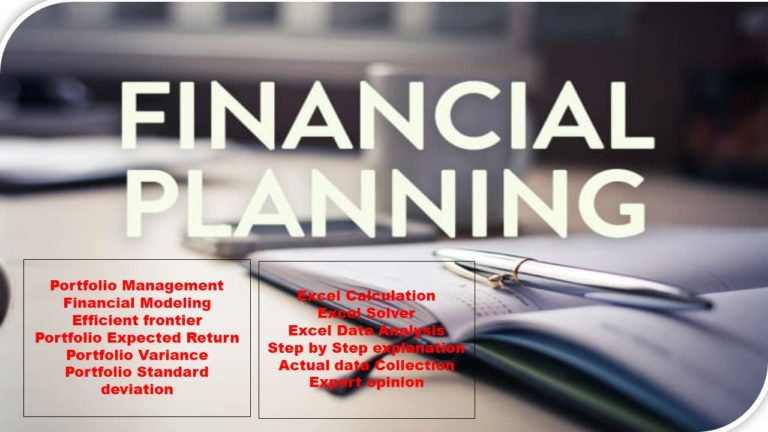Vacuum relief valves are utilized when the pressure of gases or liquids is so high that the pressure can decrease to levels the piping system cannot withstand. When the pressure inside the piping system suddenly drops due to the movement of the substance in the pipe, a vacuum is formed. Because of the intensity, the substance can only be released by the vacuum relief valve products. The vacuum relief valve can be opened to release the vacuum if the system becomes unstable owing to low pressure.
How to use it with a water heater?
When a back siphon (vacuum) is produced, a vacuum relief valve above the water heater vents to the atmosphere. Air can enter the vacuum relief valve instead of venting from the heater or tank. Doing this prevents the heater from elements and the burner from overheating. Vacuum relief valves are utilized in radiators to stop water loss when the system is drained or depressurized.
Why not use it much on top-feed water heaters?
Top port water heaters use a dip tube to push cold water to the tank’s bottom. A reverse siphon vacuum is a risk for water heaters attached to the top, but it can be readily avoided by positioning a siphon hole close to the top of the dip tube. Until the vacuum enters the hole, this hole draws in water. Only being sucked back will do. Air is sucked through the spot when the vacuum reaches the area, preventing the tank from contracting. The standard for top water heaters, this “anti-siphon” mechanism is often located only a few inches below the tank’s top.
The material used to construct
Vacuum relief valve products are created from materials that are resilient for the majority of uses. When constructing valves, rubber gaskets are frequently used. Furthermore, the components commonly employed are determined by the elements that comprise the piping system in which they are installed. Therefore, the valve and tube will perfectly match each other. The relief valve, for instance, is built of plastic components with PVC threads and an all-rubber gasket if the pipe system is made of PVC plastic. An appropriate material composition typically enables the port to be securely shut when the valve is fitted into a system.
Difference between a Pressure Vacuum Breaker and a Vacuum Relief Valve
To avoid back suction, vacuum relief enables air to enter the tube. In contrast, a pressure vacuum breaker works as both an anti-siphon and a means of reducing the backflow of contaminated water. The pressure vacuum breaker opens when water starts to backflow, establishing an anti-siphon point and releasing the water through the relief port.
Difference between T&P valves and pressure relief valves
Water heaters that produce 180°F or less frequently employ temperature and pressure relief (T&P) valves. A high-pressure spring with a usual PSI rating of 125 or 150 is present. A temperature probe raises the seat at roughly 210°F (just before boiling). Use pressure-only relief valves since boilers run at low pressure and can reach more than 210°F. Pressure relief valves are available in several PSI values but are commonly rated at 30 PSI.


